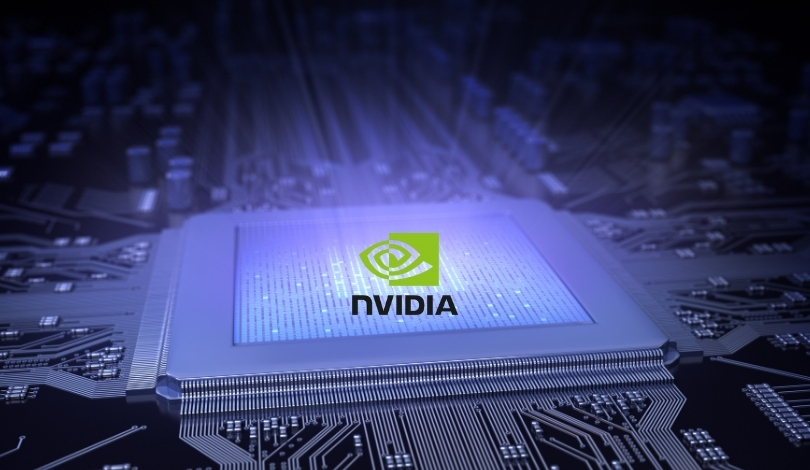As competition in the graphics card industry heats up, industry experts and enthusiasts are questioning whether AMD has a yet-unannounced GPU positioned to directly compete with Nvidia’s recently refreshed RTX 5000 Super series. While AMD’s official roadmap has highlighted the RDNA 3 and upcoming RDNA 4 architectures, growing speculation suggests that the company may be strategically withholding details about a potential high-end product launch. Observers note that AMD’s approach to secrecy has fueled debates on anticipated performance, pricing, and target markets for the next Radeon release. Supply chain sources have also hinted at possible procurement moves by AMD, indicating readiness for a swift market response if necessary.
Discussions about AMD’s plans for challenging Nvidia’s new GPU lineup have emerged repeatedly, especially during past major product cycles. Earlier coverage primarily focused on iterative updates to existing Radeon RX 7000 series cards, but little solid information emerged regarding a brand-new flagship. Analysts and fans have repeatedly speculated about the possibility of a new top-tier graphics card. However, neither official benchmarks nor technical disclosures have been provided, contrasting with Nvidia’s more transparent approach. Industry leaks have suggested that AMD could be planning a surprise release to disrupt Nvidia’s market lead, but unconfirmed details and fluctuating release timelines have made concrete analysis difficult.
Are Hints Pointing to a New AMD Flagship?
Market signals, including increased orders from suppliers and veiled statements from company executives, indicate potential preparations for a new Radeon GPU launch. Based on these factors, some observers predict an introduction of a card distinct from current Radeon RX 7900 XTX models, possibly leveraging advanced RDNA 4 technology, to address high-performance gaming demand.
How Is AMD Positioning Its Response to Nvidia?
AMD representatives have made ambiguous but telling remarks when questioned about upcoming product launches.
“We continue to assess competitor movements in the high-end GPU segment and are ready to act when necessary,”
one spokesperson stated. Another AMD representative added,
“Our teams are focused on delivering innovation where gamers need it most.”
These comments suggest a focus on strategic timing rather than direct preemptive competition, maximizing the impact of any future launch.
Could Delayed Disclosure Be a Tactical Move?
The lack of clear pre-announcements may be aimed at controlling consumer expectations and preventing premature shifts in demand. By withholding official product details, AMD may avoid undermining sales of its current Radeon RX lineup while keeping attention fixed on potential future offerings. This approach introduces uncertainty into the market, making Nvidia’s competitive planning more complex and potentially influencing price structures across both product lines.
Looking at historical launch patterns, both AMD and Nvidia have periodically kept major products under wraps until supply chains and market conditions aligned. For consumers and industry partners, the prospect of a new Radeon high-end GPU remains a possibility rather than a confirmed launch. Monitoring official signals alongside supply chain data provides practical insights into how both companies manage market cycles and consumer demand. For professional buyers or gaming enthusiasts aiming to upgrade, closely tracking announcements and product leaks from AMD could help with well-timed purchasing decisions, especially since price adjustments or performance boosts often coincide with new generational launches.
- AMD may be holding a new high-end GPU in reserve.
- Nvidia’s RTX 5000 Super refresh heightens competitive pressure on AMD.
- Official details from AMD remain undisclosed for now.










